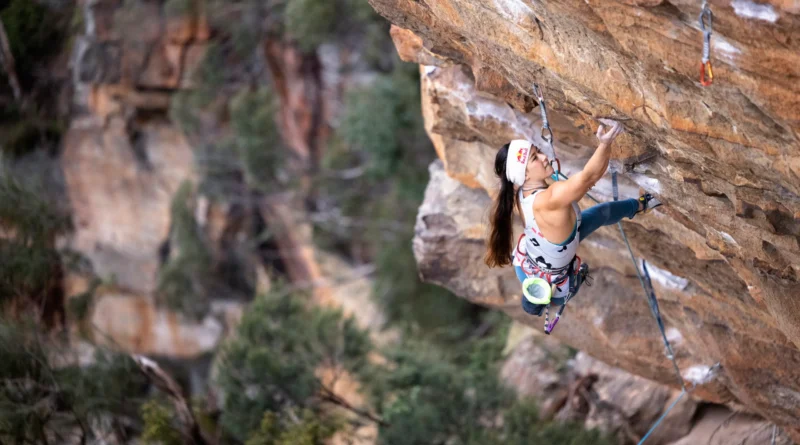The Key Aspects of Physical Conditioning for Rock Climbing
Introduction
Rock climbing is an exhilarating sport that requires not only mental focus and technique but also physical strength and power. Whether you are a beginner or an experienced climber, it is important to prioritize your physical conditioning to enhance your performance and reduce the risk of injury. In this blog post, we will explore the key aspects of physical conditioning required for rock climbing and provide tips on how to build your body’s strength and power.
1. Upper Body Strength
One of the most important aspects of physical conditioning for rock climbing is developing upper body strength. Your arms, shoulders, and back muscles play a crucial role in supporting your body weight and maintaining stability while climbing. To build upper body strength, incorporate exercises such as pull-ups, push-ups, and shoulder presses into your training routine. These exercises target the major muscle groups involved in climbing and help improve your grip strength and overall endurance.
2. Core Stability
Having a strong and stable core is essential for rock climbing. Your core muscles, including the abdominals, obliques, and lower back, provide the foundation for your movements and help maintain balance while climbing. To improve core stability, include exercises like planks, Russian twists, and mountain climbers in your workouts. Additionally, practicing yoga or Pilates can also help strengthen your core and improve your flexibility, both of which are important for efficient climbing movements.
3. Leg Power
While it may seem like rock climbing primarily relies on upper body strength, having strong legs is equally important. Your leg muscles provide the power and stability needed for pushing off and maintaining balance during climbs. Incorporate exercises like squats, lunges, and calf raises into your training routine to strengthen your leg muscles. Additionally, cardio exercises such as running or cycling can help improve your overall endurance, allowing you to climb for longer periods without fatigue.
4. Flexibility and Mobility
Flexibility and mobility are often overlooked aspects of physical conditioning for rock climbing, but they are crucial for efficient and fluid movements on the wall. Stretching exercises that target the major muscle groups used in climbing, such as the hips, shoulders, and wrists, can help improve your range of motion and prevent injuries. Incorporate dynamic stretches, such as arm circles and leg swings, before your climbing sessions to warm up your muscles and increase blood flow.
5. Endurance Training
Rock climbing requires both strength and endurance. To improve your climbing endurance, incorporate cardiovascular exercises into your training routine. Activities like running, cycling, or rowing can help improve your cardiovascular fitness, allowing you to sustain a higher level of exertion for longer periods. Additionally, consider incorporating interval training, where you alternate between high-intensity bursts and periods of rest, to simulate the intensity of climbing.
Conclusion
Physical conditioning is a crucial aspect of rock climbing that should not be overlooked. By focusing on building upper body strength, core stability, leg power, flexibility, and endurance, you can enhance your climbing performance and reduce the risk of injury. Remember to listen to your body, gradually increase the intensity of your workouts, and always prioritize proper form to ensure a safe and effective training experience. So, start incorporating these exercises into your routine and get ready to conquer new heights in your rock climbing journey.

